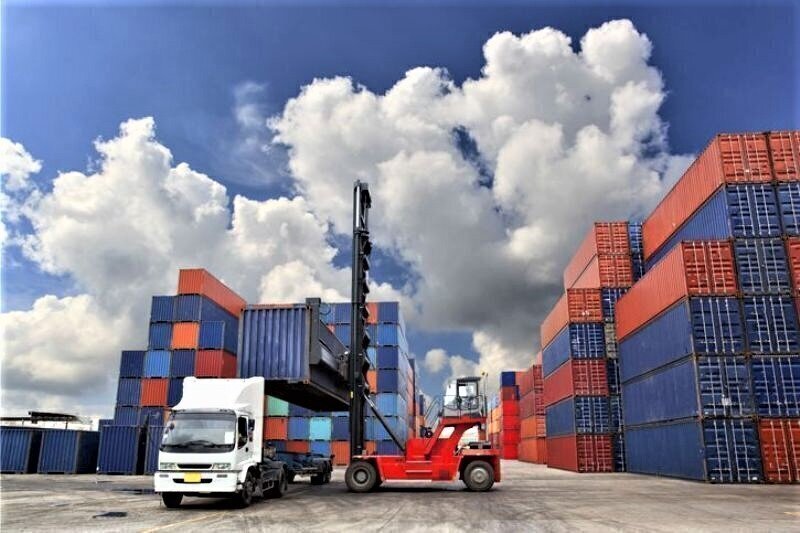Non-oil export from Hamedan province up 10% in a year

TEHRAN- As announced by the director-general of Hamedan province’s Customs Department, the value of non-oil export from the province increased by 10.3 percent in the past Iranian calendar year 1403 (ended on March 20), as compared to the preceding year.
Javad Mohammadi said that 109,924 tons of non-oil commodities worth $55.413 million were exported from the province in the previous year.
He mentioned glass jars and bottles, white cement, rolled steel bars, various types of industrial vaseline, ferrosilicon, copper and non-copper wire for winding, and various types of raisins as the major exported products, and Iraq, Turkey, Afghanistan, Pakistan, and Kuwait as the main export destinations of the goods exported from the province in the past year.
The official further announced that 10,498 tons of non-oil goods valued at $34.484 million were imported to the province in the past year, and mentioned various types of yarn (polyamide and resistant polyester), rubber latex, sulfonate derivatives, ester salts and their ethyl esters as the main imported items.
He said Georgia, China, the United Arab Emirates and Turkey were the main sources of imports in the previous year.
As previously announced by an official with the Islamic Republic of Iran Customs Administration (IRICA), Iran exported over 152 million tons of non-oil goods worth $57.8 billion in the past Iranian calendar year.
This marked a 10 percent increase in volume and a 15.62 percent rise in value compared to the previous year, Abolfazl Akbarpour, the IRICA deputy head for planning and international affairs, stated.
Imports totaled 39.3 million tons valued at $72.4 billion, representing a 0.77 percent decline in weight but an 8.22 percent increase in value from the previous year. The result was a non-oil trade deficit of $14.6 billion, largely due to the import of over $8.0 billion worth of raw gold bars, which accounted for 11.12 percent of the total import value.
Iran’s main non-oil exports included natural gas, liquefied propane and butane, methanol, liquefied petroleum gases and hydrocarbon gases, and gas condensates.
Natural gas was the top export item, with an average customs value of $314 per ton.
Other leading exports were petroleum bitumen, urea, non-alloy iron and steel billets, iron or steel bars, and polyethylene.
The top destinations for Iran’s exports were China at $14.8 billion, Iraq at $11.9 billion, the United Arab Emirates at $7.2 billion, Turkey at $6.8 billion, Pakistan and Afghanistan at $2.4 billion each, and India at $1.9 billion. These seven countries accounted for $47.6 billion, or 82.3 percent of Iran’s total non-oil export value.
On the import side, essential goods such as corn feed, soybean meal, genetically modified soybeans, rice, and sunflower seed oil were among the top items. Other key imports included smartphones, tractors, and auto parts.
The UAE was Iran’s largest source of imports at $21.9 billion, followed by China at $19.3 billion, Turkey at $12.4 billion, Germany at $2.4 billion, India at $1.7 billion, Hong Kong at approximately $1.4 billion, and Russia at $1.3 billion. Together, these countries supplied goods worth $60.7 billion, or 83.8 percent of Iran’s total imports.
Akbarpour said the trade deficit could be largely attributed to the surge in gold imports, which on their own exceeded $8.0 billion.
MA
